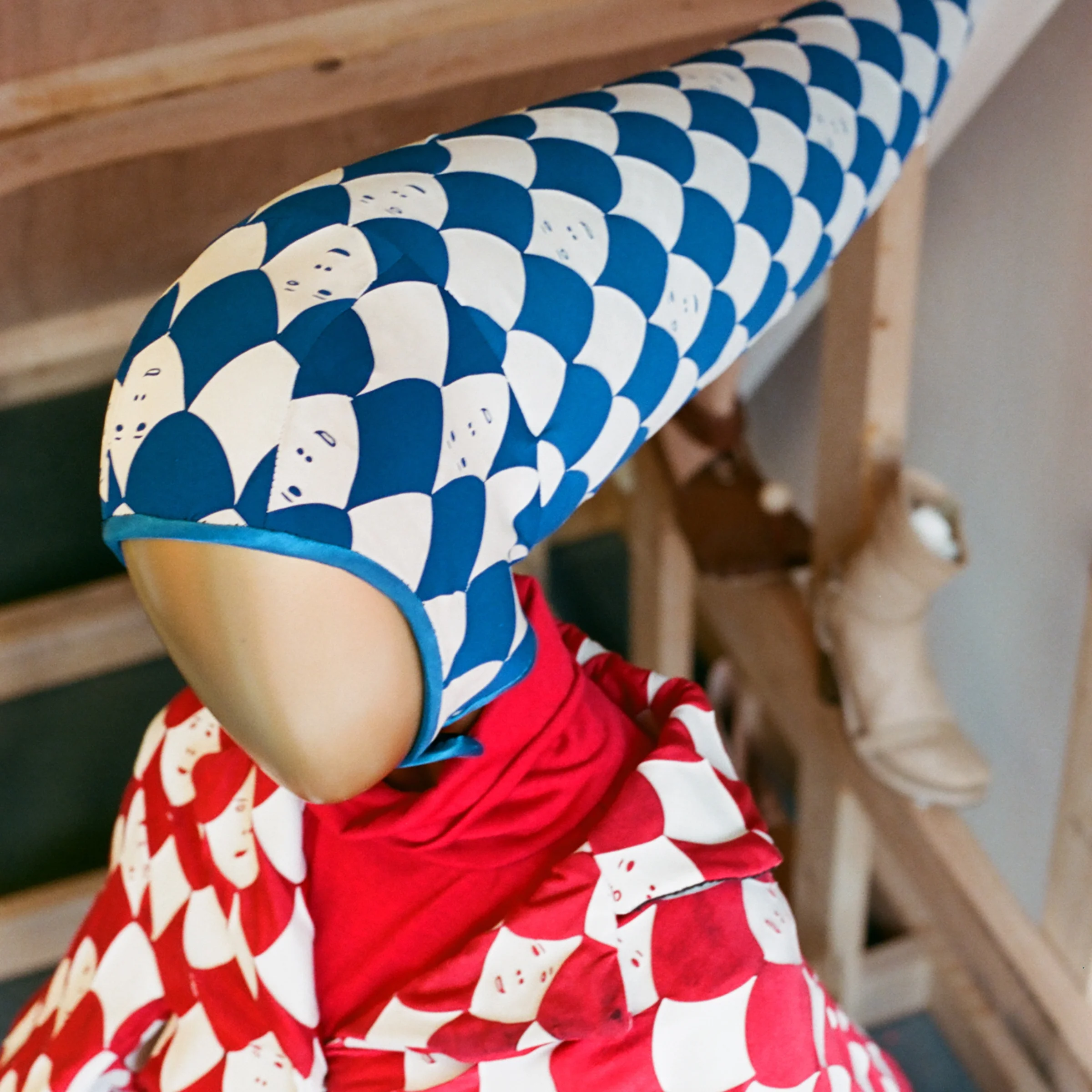
Issue No. 5: The Industry Issue | March 5, 2018
The 2017 FSJ might say, “Sorry we’ve kept you waiting so long for this issue!” But the 2018 FSJ is done with apologies! Instead we’ll say, we’re so happy you’re here with us now! The truth is, we’re humans, just like you, and the last six months have seen our editors dealing with a full draft dissertation submission, a cross-country move, multiple job and apartment changes, and a baby. So there we go.
We reached out to some fashion people working in a range of roles in the industry to find out more about how they see their work and the business. It shouldn’t surprise you to read the one thing most of them have in common: a love of Instagram! Below are their responses, which have been very lightly edited.
Essays
Sabyasachi Mukherjee sells aura over object, lifestyle over product. He de-emphasizes the commerce of his business to a point where it is not even visible anymore. But conversely, the images used to advertise the products create a perceived sense of cultural authenticity that I call his “Colonial Dreamscape.”
When I reflect on luxury fashion, one of the last things I tend to think of is sustainability. This is not uncommon though, as while luxury fashion organizations commonly seek visibility and attention, sustainability is often not part of their raison d'être.
Poetry & Video
Notes from the Field
The fashion industry is a majority female culture, while tech tends to be male-dominated. It’s not that male-dominated cultures are all bad, but I’ve been surprised by the rules and notions of professionalism that accompany these types of work environments.
As a fashion researcher, I was interested in the relationship between craft, creativity, and policy, but I was also deeply concerned about what these changes would mean for the city and the individuals who labor in this space. What was motivating the city to consider removing these protections now? How would fashion manufacturers cope with this change? Where were garment workers’ voices in this process?
The dark water was not a good sign. I was soaking a 1970s yellow and black dress in a plastic tub, in mild temperature water mixed with a little detergent. I had two goals—to alleviate some of the terrible smell and fade some staining in the bodice. The dress was a sturdy fabric, I threw it in its bath without much thought. I figured the worst-case scenario would be the dress was as smelly and stained as before.
Looking at this mess of textiles, we realized there was a prominent flaw within the industry and we were staring directly at it. As the speed of the industry increases and the quality decreases from fast fashion, consumers lose connection with their clothing and choose to buy new instead of cherish the old. As a result, we end up with this, a room full of textiles holding labour, water and raw materials being wasted.
In a time of informed consumers, sustainability is becoming a major marketing and communication challenge. If a brand does not communicate at least the goal of achieving sustainability they will be challenged, but if they do they will be criticized for not doing it correctly. Whatever happened to, “It’s better to try and fail than to not try at all”?
Profiles
Curators of The Overworked Body
Organizing Coordinator at the Garment Worker Center
Histories
Though the Cylinder suit jacket itself saw limited sales, Cardin used it to set a mass market template that allowed him to incorporate influences from outside the fashion capitals. Democratizing fashion in this way reinvigorated the menswear industry through the ideas it communicated: new-look masculinity, cultural inclusivity, and a massive generational shift.
After almost a decade in the industry, Ethel began to envision an American fashion system that worked independently of French influence. For her, education was key. Her own early career was fraught with difficulty and self-described “heart-ache” as she lacked any formal training and had to learn the trade through trial and error.
Since its rise to fame, Vetements and its post-Soviet aesthetic, has been embraced by streetwear aficionados and high fashion connoisseurs alike. Their ability to appeal to a broad range of audiences stems from the dichotomous approach they’ve taken to their business strategy and design sensibilities.
Reviews
Musée des Les Arts Décoratifs (July 5 2017 – January 7, 2018)
SCAD FASH (September 7, 2017 – March 4, 2018)
Museum at FIT (December 5, 2017 – May 5, 2018)
By Kate Fletcher and Ingun Grimstad Klepp
Fashion Space Gallery (February 1 - April 21, 2018)
Modern Art (September 1 - September 30, 2017)
Chatsworth House (March 25 – 22 October 2017)
80WSE Gallery (January 13 - February 2, 2018)
Mint Museum (October 14 2017 – February 4, 2018)



























